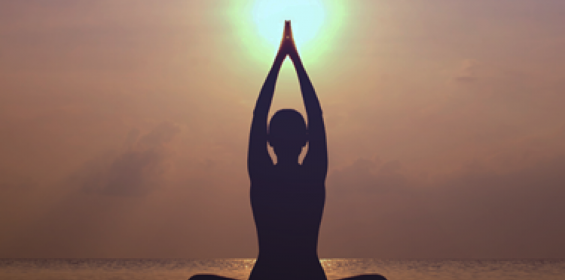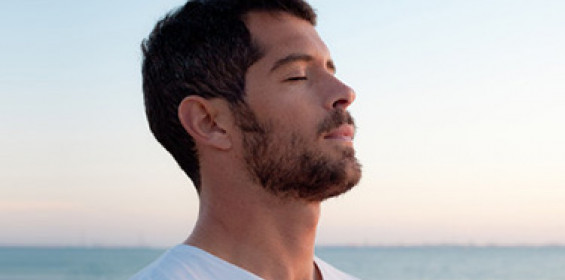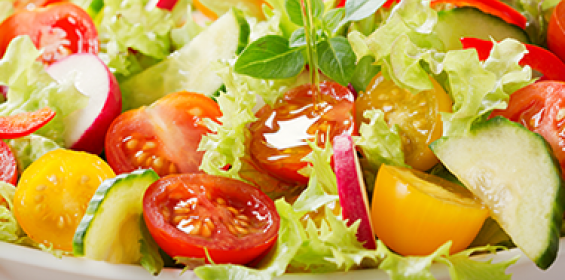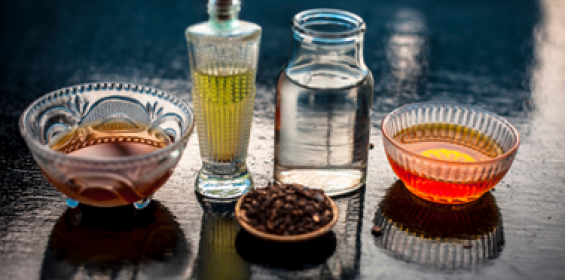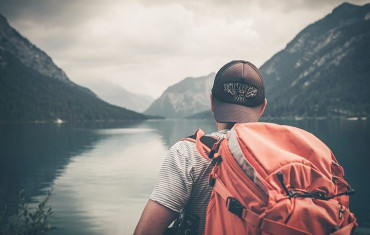By Elizabeth Herman | Posted: March 16, 2020
It’s March of 2020. A global pandemic has taken hold, beginning in China and spreading to South Korea, Japan, the U.K., Iran, and Italy. Because the disease is so unfamiliar to world health officials, there’s no vaccine, and health care systems may get overwhelmed with high numbers of cases. To avoid proliferation of the deadly illness through crowds of people in enclosed common spaces, in the U.S., most sporting, cultural, and civic events have been canceled or completely suspended, as well as schools and workplaces.
The contagious virus at the root of this event, known as the novel coronavirus or COVID-19, attacks the respiratory system and spreads mainly through direct, physical contact with surfaces, especially if the hands touch the face afterwards. According to health officials, in order to prevent further spread, frequent hand washing with hot water and soap for at least 20 seconds at a time can help a lot. Immunity boosting diets and exercise routines, self-isolating, self-quarantine, or social distancing for people without symptoms are some additional measures to take.
If you find yourself without soap and water, the next best alternative for the prevention of COVID-19 is washing your hands with a hand sanitizer. Many stores may have already run out of such a product, since supply is getting low, and the prices have spiked in many locations. For these reasons, it may help to make your own homemade hand sanitizer, from less expensive, basic ingredients.
Here are some recipes for hand sanitizer that are at least 60% alcohol, the minimum required amount for preventing the virus according to the Centers for Disease Control (CDC):
World Health Organization approved hand sanitizer recipe
Ingredients
1 cup isopropyl alcohol 99% (see below for 91% or minimum 70-96% alcohol)
1 Tablespoon hydrogen peroxide 3%
1 teaspoon glycerin
Water to make a total of 1 and 1/3 cups (1/3 quart)
Instructions
Here is the procedure:
1. Put on glasses or goggles to protect your eyes.
2. Combine the first three ingredients in a container.
3. Add clean water to reach a total of 1 and 1/3 cups (320 ml).
4. Mix thoroughly by stirring or shaking.
5. Pour the mixture into dispensing bottles.
6. Label each bottle "Hand Sanitizer 75% alcohol."
Warning: Alcohol is a fuel. For fire safety information, see the WHO pamphlet.
Isopropyl alcohol (also known as rubbing alcohol and isopropanol) is the ingredient that kills bacteria and viruses. It is sold in drugstores at different strengths, typically 70%, 91%, and 99%. The target strength for the final hand sanitizer is 75% alcohol.
Live Science’s hand sanitizer recipe
Ingredients
⅔ cup (2 parts) isopropyl alcohol (91% alcohol)
⅓ cup (1 part) glycerin or aloe vera gel (an emollient)
A few drops of essential oil (optional, for scent)
Instructions
Mix the above ingredients, pour the mixture into a spray bottle, and rinse your hands with the resulting solution. This is probably the easiest recipe to use from the U.S. perspective, though the alcohol content is a bit lower than the first recipe. The video is geared towards U.S. audiences.
Tanya Konig’s hand sanitizer recipe
Ingredients
150 ml ethanol (minimum 70-96%)
7.5 ml hydrogen peroxide
2.6 ml glycerin (or aloe vera gel)
Optional:
6-8 drops of essential oil of your choice (eucalyptus, lavender, etc.)
Instructions
End product must contain at least 60% alcohol. According to the numbers indicated here you end up with a sanitizer containing 65% alcohol. With metric measurements, this video seems to be geared towards audiences outside the U.S.
Dealing with isolation and quarantine
In Italy, the whole country has been on lockdown for several days. People confined to their apartments have gone out onto their balconies to play music, sing, and dance for their neighbors at nearby windows. One participant asked Gurudev Sri Sri Ravi Shankar what people in quarantine should do with themselves to avoid loneliness, depression, and depleted immune systems.
He encouraged everyone to learn new things, like languages or musical instruments, and to meditate and practice yoga, calm down, cool down, and relax. This advice makes a great deal of sense, since staying safe can either be stressful or enlightening, depending on how everyone chooses to react.
Read more insightful blogs on COVID-19 at: Coronavirus Information and Help
Elizabeth Herman writes, offers writing support to clients, teaches, and volunteers for a better world. She has a PhD in Rhetoric, Composition and Literature. Find her on Facebook or Twitter.

